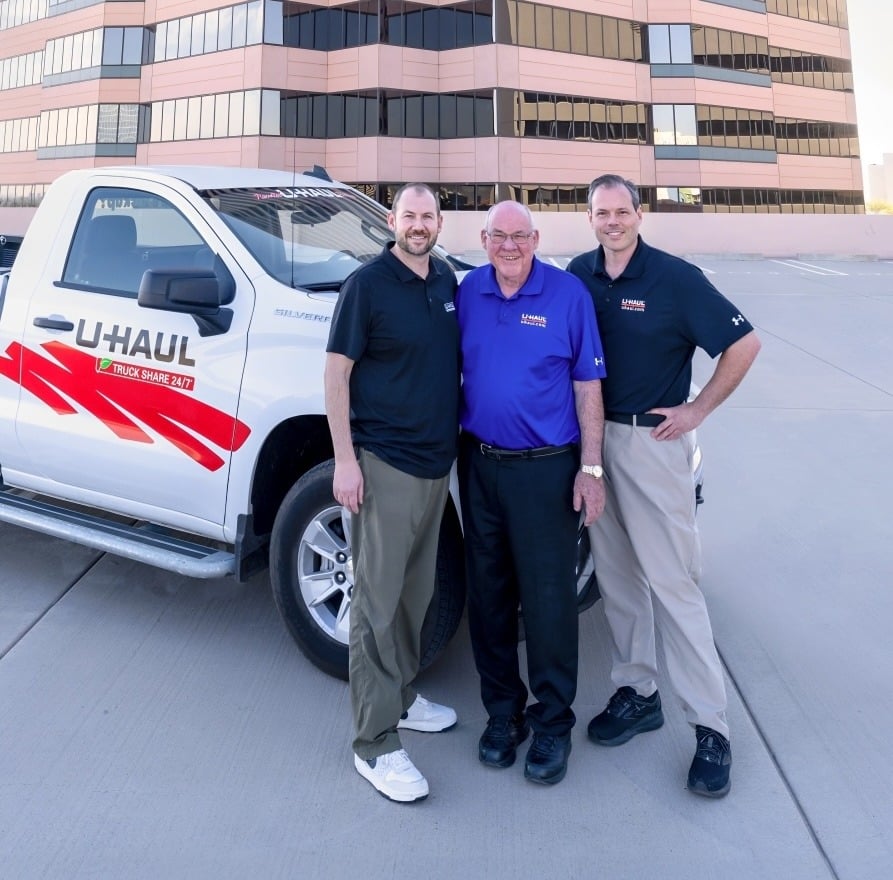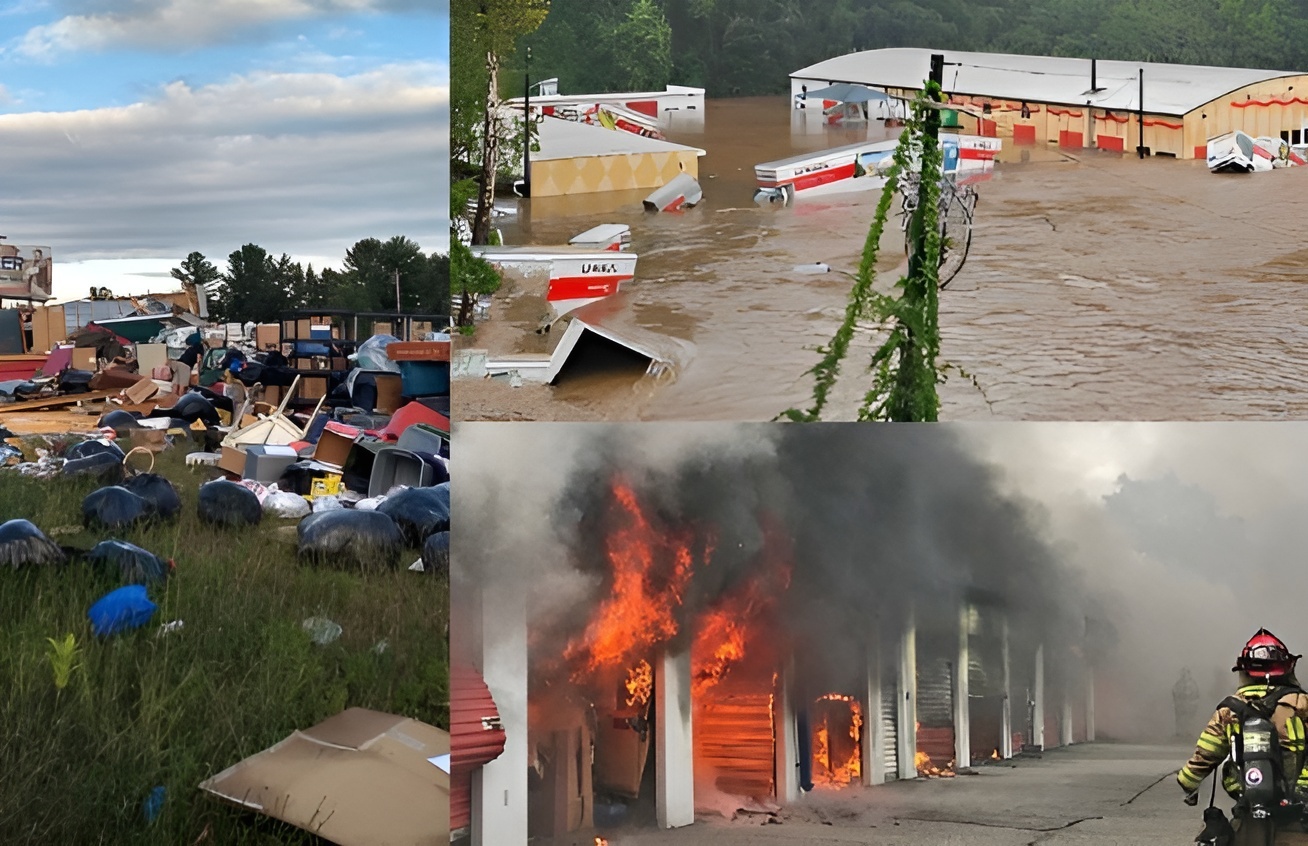Dealing With OSHA: More Inspections, Greater Citations Ahead
Employers trying to avoid costly OSHA citations are facing new challenges in the form of heightened enforcement activity and greater liability for workplace COVID-19 infections. To lessen their exposure, businesses are retooling their operating environments to ensure compliance with state and federal standards.
OSHA has issued guidance for the mitigation of the spread of COVID-19 in all workplaces. The intention is to reduce the chances of contracting COVID-19 by employees who are unvaccinated or otherwise at-risk of infection because of conditions such as a prior transplant, or prolonged use of corticosteroids or other immune-weakening medications.
As a general rule, OSHA does not suggest employers take steps to protect fully vaccinated people, unless other Federal or local laws apply. For unvaccinated or at-risk workers, OSHA recommendations include the following:
- Separating from the workplace all infected people, all people experiencing COVID symptoms, and any unvaccinated people who have had a close contact with someone with COVID-19
- Implementing physical distancing
- Maintaining ventilation systems
- Properly using face coverings or personal protective equipment (PPE)
Recently OSHA added the following two recommendations:
- Fully vaccinated people should wear masks to protect the unvaccinated in areas of high community transmission.
- Fully vaccinated people who have close contacts with people with the coronavirus should wear masks for up to 14 days unless they have a negative coronavirus test at least three to five days after such contact.
(See the sidebar “OSHA Workplace Guidelines” for a full list of the new OSHA recommendations.)
While OSHA observers had long expected the agency to issue regulations for workplace disease mitigation in the form of a so-called “Emergency Temporary Standard (ETS),” the above guidance is only advisory in nature and, in the words of the agency, “creates no new legal obligations.”
Early in 2022, the Supreme Court struck down OSHA’s vaccine-or-test mandate for employers with more than 100 workers, while letting stand a similar mandate for health care facilities. Employers in all industries must continue to comply with pre-existing mandatory OSHA standards.
Observers see the recent OSHA activity as indicative of a more robust regulatory fervor in general. “I think you’re going to see much more aggressive OSHA enforcement under the Biden administration,” says former OSHA head Edwin G. Foulke, Jr., now a partner in the Atlanta office of Fisher & Phillips.
The new federal posture may also include a larger OSHA oversight staff. “The Biden administration says it wants to double the number of inspectors,” says William K. Principe, partner in the Atlanta office of Constangy, Brooks, Smith & Prophete. “While we don’t know if they will hire that many, it’s reasonable to assume there will be some increase. During the last administration, vacancies weren’t always filled, so OSHA ended up being below the number of federal inspectors that had existed for a very long time.”
More Inspections
More inspectors mean more boots on the ground. OSHA observers expect an increase in the rate of inspections, along with more citations and higher penalties. OSHA is expected to pay increasing attention to building sites. “Construction falls are among the most frequent causes of workplace injuries or fatalities,” says Mark D. Norton, director of Norton Safety Services in Tucson, Ariz. “Because of that, OSHA tends to focus inspection activity on that area.”
Observers cite an influx of new workers as a key reason for the spike in accidents. “In the economic downturn of 2007 and 2008, many employees left the construction industry,” says Norton. “When the economy rebounded, people were hired without the same level of experience and knowledge. Less trained workers and an increasing demand for construction is a recipe for more accidents.”
OSHA is also taking greater interest in machine shops, another environment with high accident rates, according to Gary Heppner, a California-based independent OSHA safety advisor. Here COVID-19 is having an effect: Workers, long required to wear safety glasses while using drill presses or hand drills, are now expected to add face shields and maintain appropriate distances from others in locations with unvaccinated or at-risk workers. That can be difficult in restricted environments where people are working in close quarters. Any resulting laxity in safety considerations can spark illnesses and OSHA citations.
OSHA Rules
Most employers want their workers to be safe and healthy. And given the higher OSHA profile, businesses will be making a special effort to meet state and federal standards. That means conforming to the “General Duty Clause” of the Occupational Safety and Health Act, requiring workplaces “free from recognized hazards that are causing or are likely to cause death or serious physical harm to employees.”
While the imprecise nature of the general duty clause allows leeway for employers to account for varying local conditions, it also leaves plenty of room for inspectors to find unexpected violations. “One thing I think you’re going to see during the Biden administration is a focus on musculoskeletal disorders (ergonomics, repetitive motions, lifting) and combustible dust,” adds Foulke.
Employer organizations will likely litigate any onerous OSHA rules. “Trade associations have been successful in the past in getting injunctions against OSHA regulations deemed outside the agency’s jurisdiction or overly burdensome,” notes Douglas E. Witte, who represents businesses in labor and employment law matters at Madison, Wis., -based Boardman & Clark. “Sometimes the regulations are modified, or simply delayed for a year or longer.”
Work-Related Illness
If an employee comes down with COVID-19 and misses work time or goes to the hospital, is the illness recordable as work-related? The answer is often less than clear. “Up until now, OSHA has not been pushing too hard on employers who claim COVID-19 infections occurred outside the workplace,” says Witte. Employers have been operating under fairly liberal standards, thanks to OSHA guidance issued in the spring of 2020 that allowed COVID-19 illnesses to be categorized as not work-related if an “alternative explanation” could account for the infections.
Unfortunately, the term “alternative explanation” is vague, and OSHA does not provide examples. “The guidance is being interpreted, by some, as indicating that if the employer can point to some exposure away from the workplace, then the case can be deemed not work-related,” says Principe. Others are even taking the position that because COVID-19 is being spread everywhere an infection is not work-related unless the employee has continually commuted in their own car, stayed in their own house, and not gone to a grocery store or interacted with the public in any way.
That kind of liberal interpretation, though, skirts the edge of justice. “I think you need more concrete evidence that the employee was exposed to an infected person away from work,” cautions Principe. “Perhaps their spouse, children, or people they socialized with have COVID-19, or perhaps they attended a super-spreader event.”
Faulty categorizations can be costly. “OSHA issues citations to employers who fail to properly record or report cases,” says Principe. “The agency is often tipped off by whistleblowers, or they get word of infections through hospitals or public health departments.” Penalties for serious violations start at $13,653, although the amount is sometimes reduced in the event of a good faith history. Citations for willful or repeated issues start at $136,532.
Certainly, there is no need to record cases that are clearly not work-related. While an employer may do so out of fear of a citation, being too inclusive can backfire. “Over-reporting can spark an OSHA inspection when the entries from an employer’s logs are entered on their 300A Summaries,” says Foulke. “Those are available for review not only to OSHA but also to plaintiff’s lawyers and community activists like Common Cause. Skewed numbers can impact a business’ ability to get future work from clients.”
So how about those cases that fall into a gray area? “My advice to employers would be that in the case of doubt, record or report the event,” says Principe. “You can always explain the facts, saying that you don’t believe it is work-related for the following reasons, but that you are including the case out of an abundance of caution. This will protect you from a citation.”
Many OSHA observers believe the Biden administration will tighten criteria, determining that more infections occurred in the business environment. There may be a return to earlier CDC guidance, which mandated that an illness be designated work-related if the employee had been within six feet of another COVID-19-infected worker for a total of at least 15 minutes. “The agency may start tracking infections down to employer facilities if they can do so and support the change by claiming they are trying to halt the spread of COVID-19,” says Principe.
Finding Help
While the prospect of an OSHA inspection and citations can disturb any business owner, the federal agency can also be helpful. “Many businesses believe that every interaction with OSHA is negative,” says Norton. “They don’t realize that OSHA also provides consultative services at both the federal and state level.”
At the employer’s request, says Norton, OSHA will inspect the workplace for problem areas. While there is no charge for the service, the employer has to agree to fix whatever OSHA finds. “It’s all confidential, so nothing uncovered by the inspectors gets shared with the compliance side.”
That proactive approach can prevent costly citations down the road. “It’s very important to take the right steps to reduce the risk of infection in the workplace,” says Principe. “This will keep employees from getting sick and the employer out of trouble. I encourage businesses to track the OSHA and CDC websites on a regular basis. Know what the recommendations are. Then, if OSHA shows up at the door, everything will be in order.”
Determine Your OSHA Readiness
How well have you secured your workplace against the risk of accidents and COVID-19 infections? Find out by taking this quiz. Score 10 points for each step taken. Then, total your score and check your rating at the bottom of the chart.
- Conducted a workplace risk assessment
- Implemented measures to control risks
- Developed a written accident and infection prevention plan
- Assigned a COVID-19 mitigation plan coordinator
- Trained employees on the plan and on preventive measures
- Enforced the use of face coverings
- Implemented temperatures/symptoms screening
- Implemented cleaning protocols
- Coordinated use of breaks and lunchrooms
- Ensured the enforcement of sick leave policies
What’s your score? 80 or more: Congratulations. You have gone a long way toward making your business environment safer for your employees. Between 60 and 80: It’s time to fine-tune your prevention procedures. Below 60: Your business is at risk. Take action on the suggestions in the accompanying story.
Controlling The OSHA Inspection
While OSHA has the right to conduct inspections of business premises, employers need to know and exert their own rights. “Just because a person has a government badge, that doesn’t mean they get to do whatever they want,” says former OSHA head Edwin G. Foulke, Jr., now a partner in the Atlanta office of Fisher & Phillips.
During an opening conference with inspectors, Foulke suggests employers set out guidelines such as the following:
- At least one management person needs to be present when OSHA inspectors visit the work site.
- One other management-level person must be present when OSHA inspectors interview any supervisor or manager.
- The employer must be allowed to bring in their own industrial hygienist, as well as be present if OSHA does any kind of monitoring of air or noise.
During their inspections, OSHA representatives will look for the following evidence of violations:
- There was a hazardous condition.
- The hazard was recognized.
- The hazard was causing or likely to cause death or serious physical harm.
- There was a feasible method to correct the hazard.
Finally, businesses should treat OSHA inspectors with respect while not offering more data than the law requires. “Some employers think that if they tell OSHA everything they know, and they give every document they have, that somehow that’s going to make things better,” says Foulke. “It never does.”
- Grant paid time off for employees to get vaccinated.
- Instruct any workers who are infected, unvaccinated workers who have had close contact with someone who tested positive for SARS-CoV-2, and all workers with COVID-19 symptoms to stay home from work.
- Implement physical distancing for unvaccinated and otherwise at-risk workers in all communal work areas.
- Provide unvaccinated and otherwise at-risk workers with face coverings or surgical masks, unless their work task requires a respirator or other PPE.
- Educate and train workers on your COVID-19 policies and procedures using accessible formats and in language they understand.
- Suggest that unvaccinated customers, visitors, or guests wear face coverings.
- Maintain ventilation systems.
- Perform routine cleaning and disinfection.
- Record and report COVID-19 infections and deaths.
- Implement protections from retaliation and set up an anonymous process for workers to voice concerns about COVID-19-related hazards.
OSHA Workplace Guidelines
OSHA suggests a multi-layered approach to the protection of workers who are either unvaccinated or otherwise at risk of COVID-19 infection. Here are highlights:
OSHA has provided additional guidance for unvaccinated or at-risk workers who are likely to be in prolonged, close contact with other workers or the public. Employers may access the complete guidelines in the document, “Protecting Workers: Guidance on Mitigating and Preventing the Spread of COVID-19 in the Workplace,” accessible at https://www.osha.gov/coronavirus/safework.
More Content
Popular Posts
The self storage industry is in a precarious...
Like its name implies, Surprise, Ariz., a...
Joe Shoen has had enough.
Joe Shoen, CEO of U-Haul, has had enough.
In a record-breaking deal finalized May 12,...
Senate Bill 709 (SB709) has many in the...
Donald Trump has just reclaimed the White...
Self-storage operators wear a lot of hats....
The question of “abandonment” of stored...
In 1992, Clinton strategist James Carville...
Recent Posts
When Neville Kennard left for a work trip to...
Self-storage software is no longer...
The self-storage industry continues to...
Fires in California. Tornadoes in Kansas....
From policy pivots in Ottawa to tariff...
Self-storage operators have struggled to...
Their signature red coats may draw attention...
Nailing down Josh and Melissa Huff for an...



















